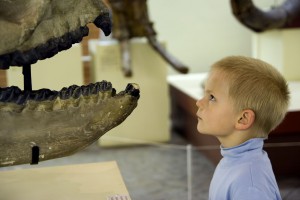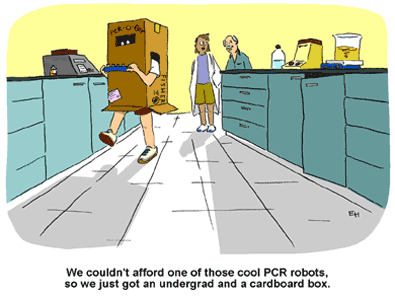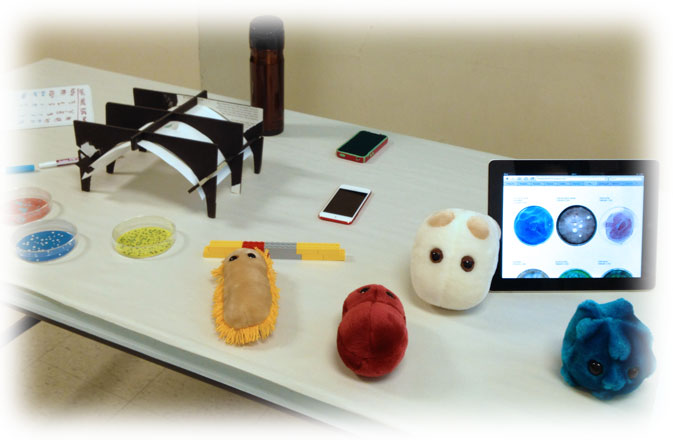
At 25 I often find myself looking for exciting new ideas for enjoying an evening with friends and family that extend beyond the typical dinner, drinks or a movie. Over the three years I have worked at Promega, my interest for scientific discovery has been amplified by the expertise and enthusiasm of my colleagues. In appreciation for science-lovers everywhere, here is a short list of activities for those looking for unique ways of having fun with science this summer.
RECRUIT A PARTNER TO HELP YOU COOK UP DELICIOUS MOLECULAR TREATS
Combine your love of food, science and technology this summer by experimenting with molecular gastronomy, the culinary practice that incorporates scientific tools and techniques to transform ingredients. You and a friend or family member can go from boiling, chopping, and roasting, to trying spherification, gelification, and emulsification. Search the internet for a beginner’s guide to Molecular Gastronomy or a Molecular Cuisine Starter Kit and you are ready to cook up some creative recipes, including transparent ravioli, edible raspberry lipstick or carbonated mojito spheres. Find recipes at MolecularRecipes.com.
Continue reading “10 Bold Summer Activities for Science Lovers”

